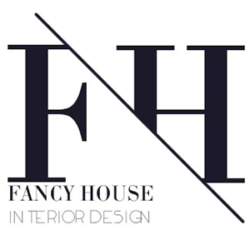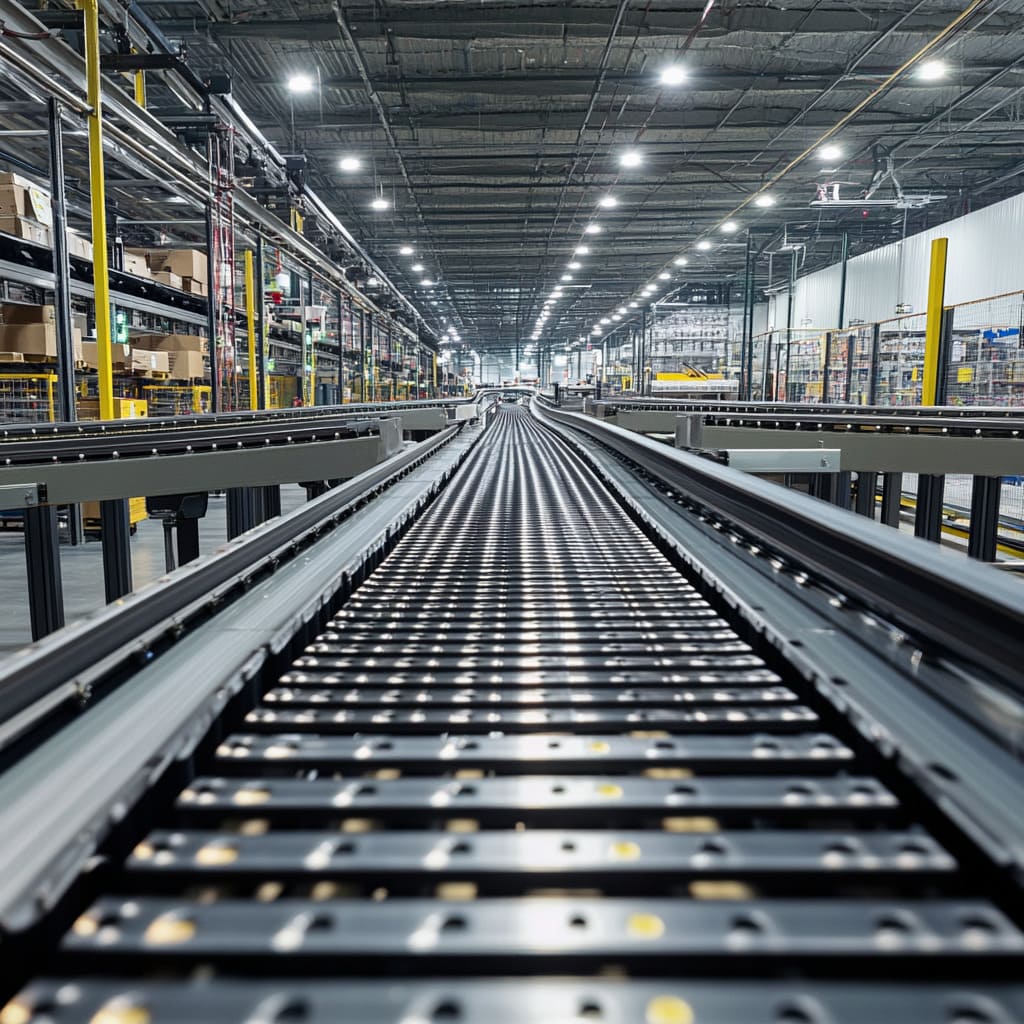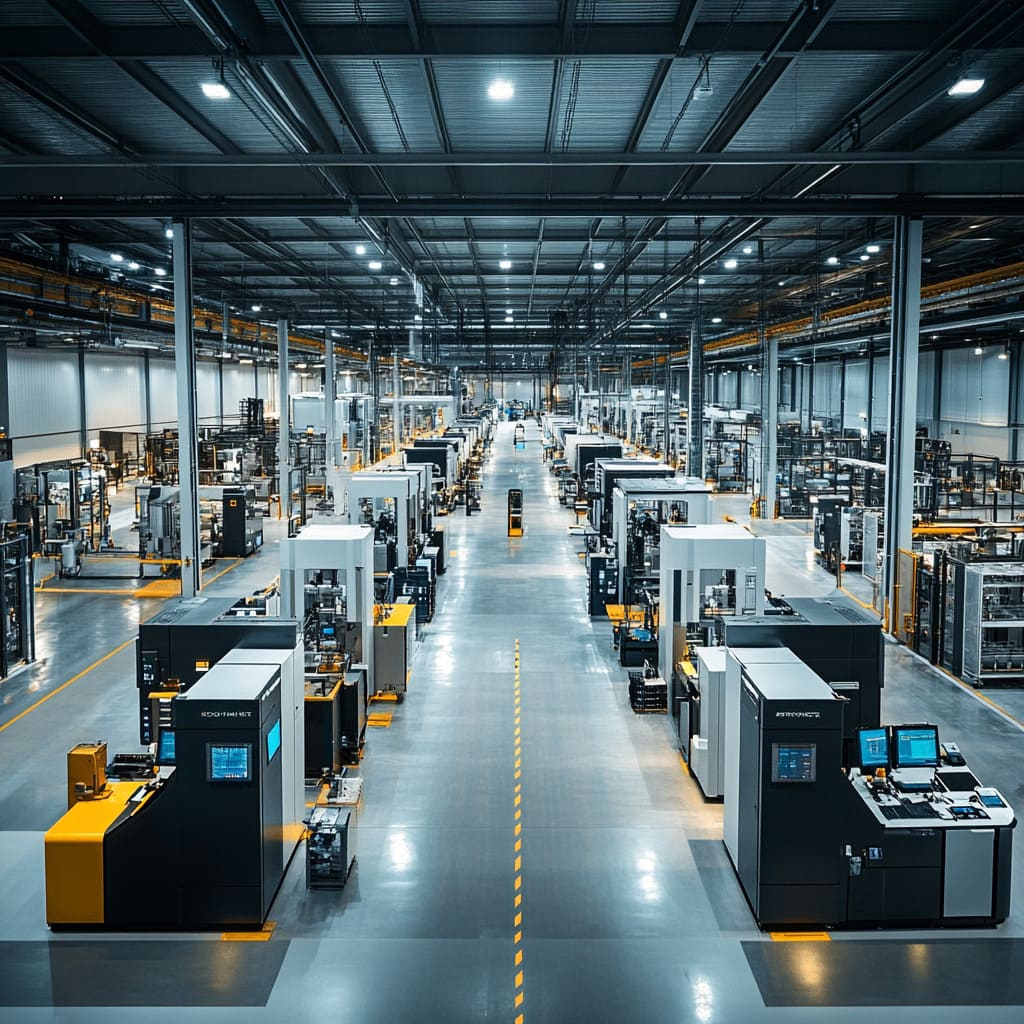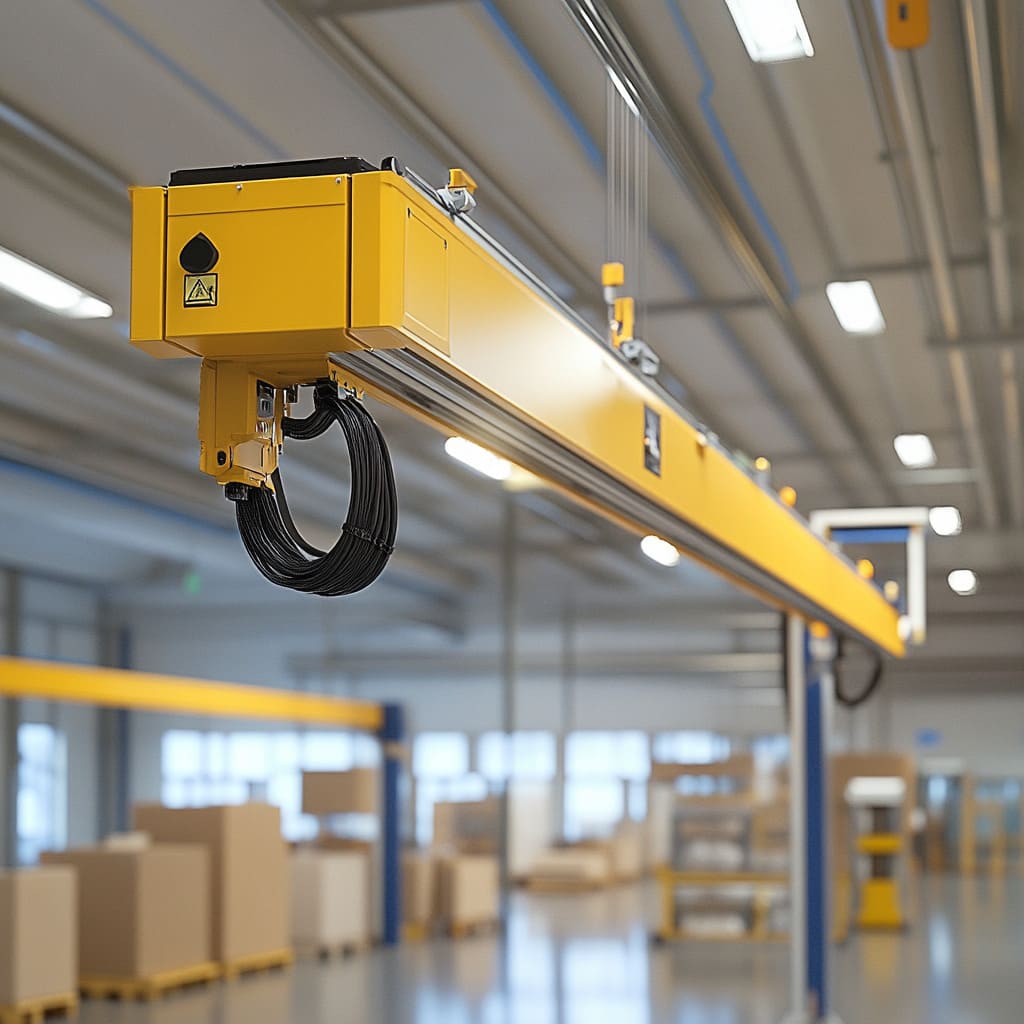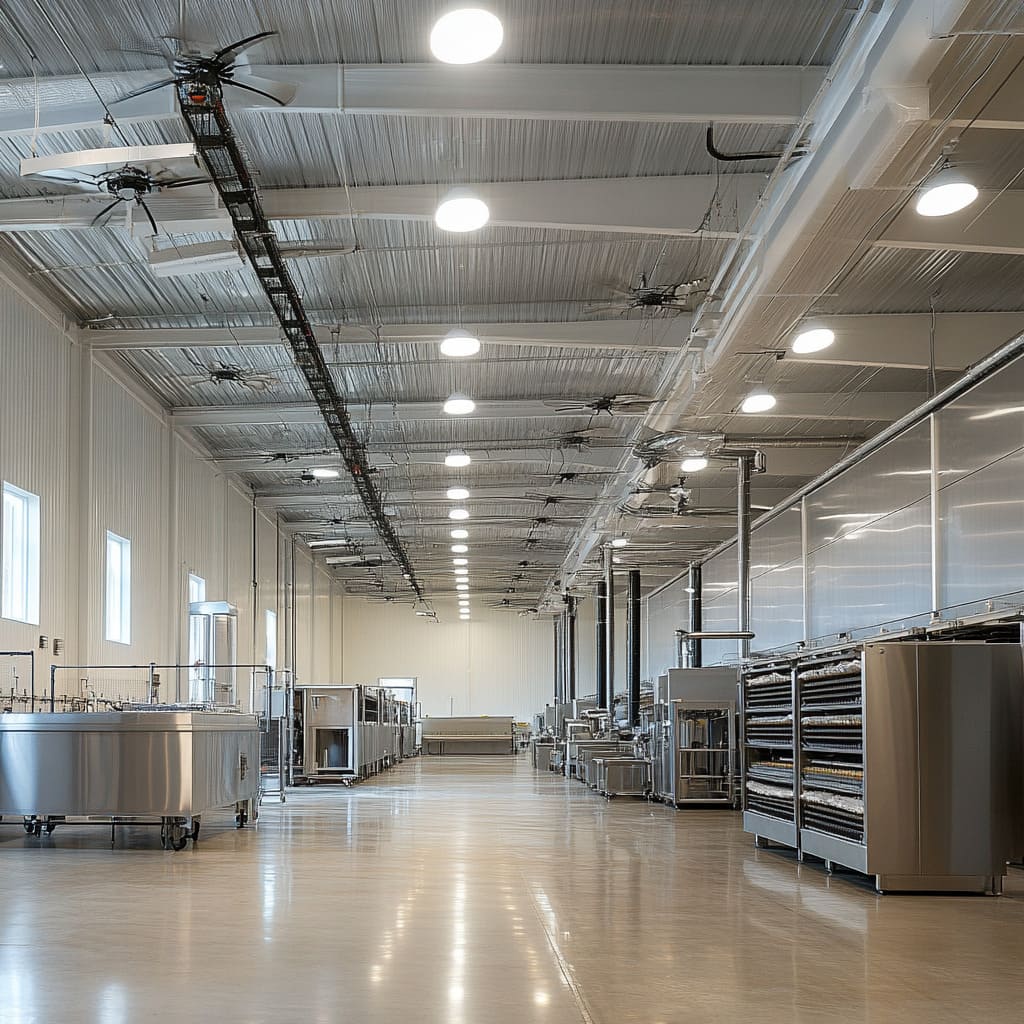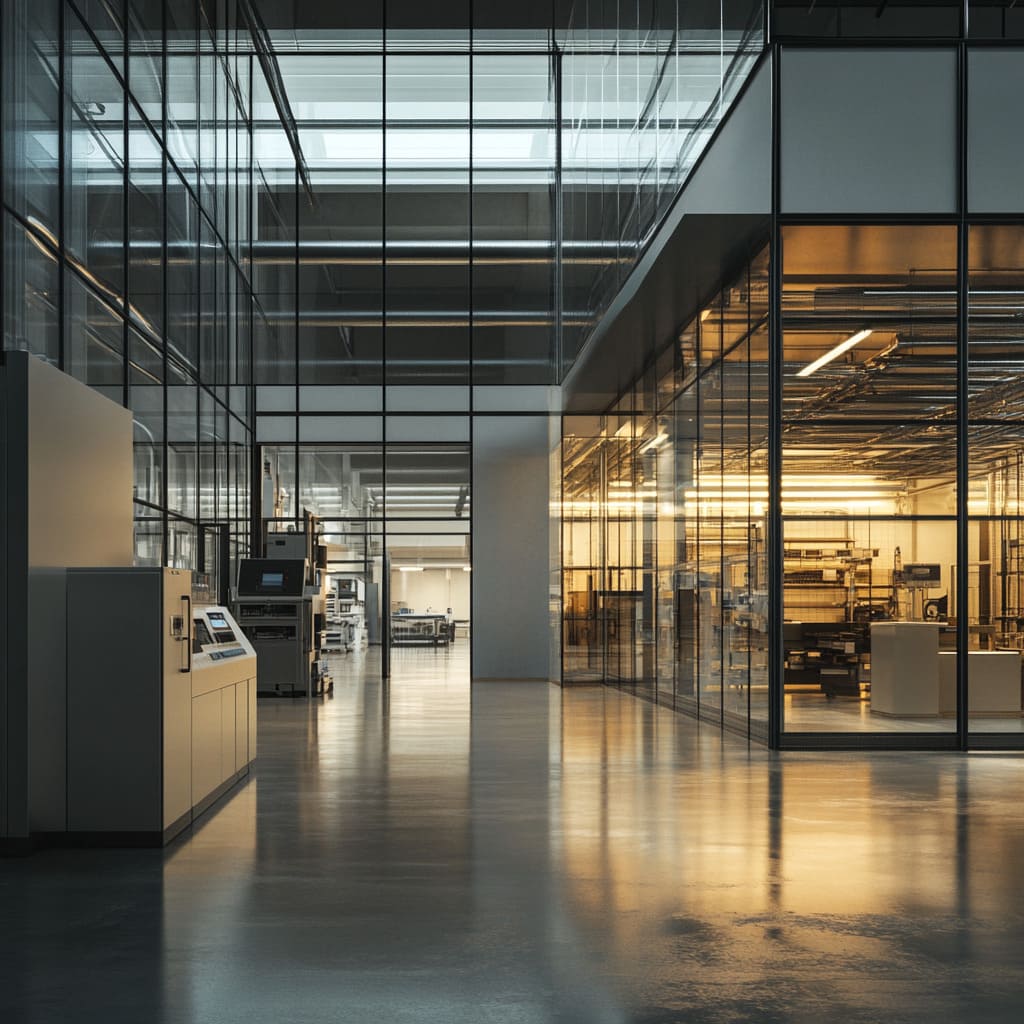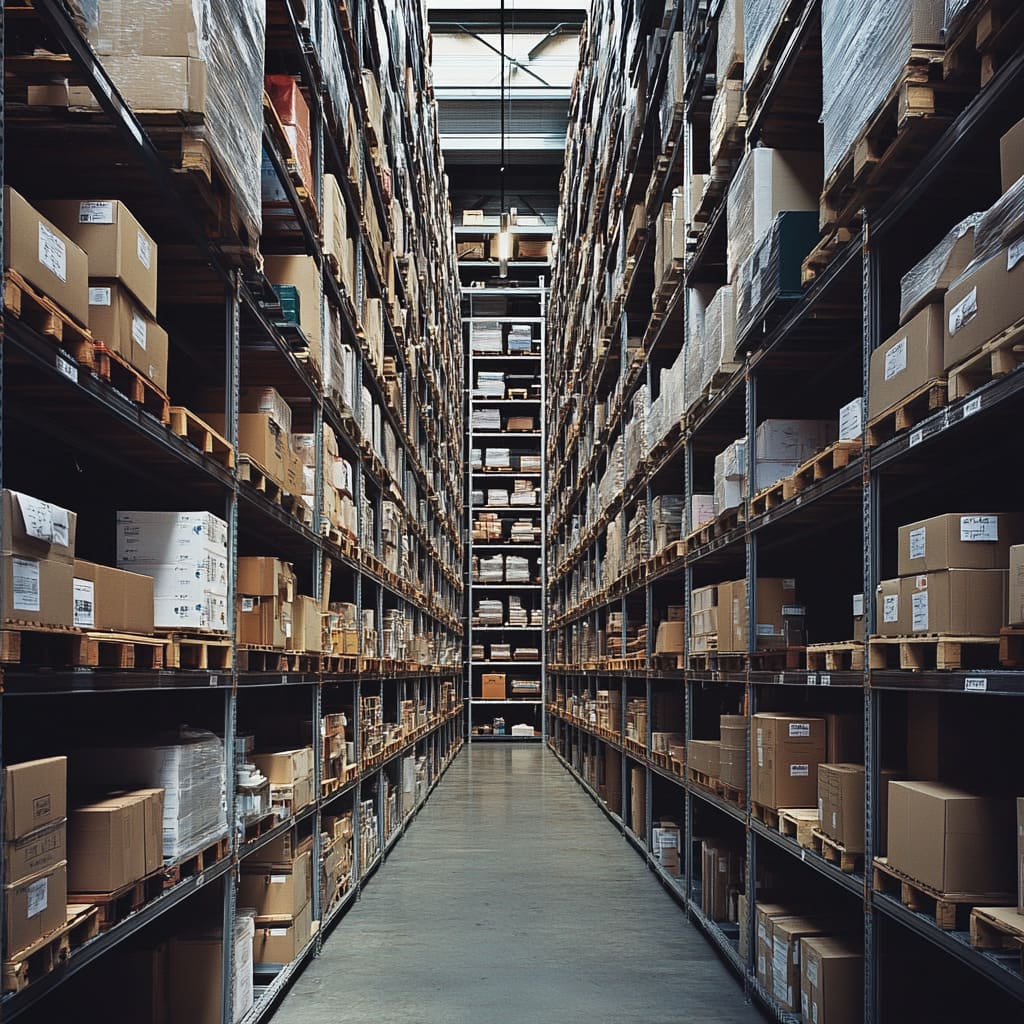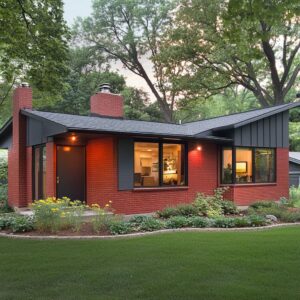A well-designed space evokes positivity and enhances morale, underscoring the significance of interior design. Similarly, an industrial environment must be thoughtfully designed, considering relevant factors that promote productivity.
Establishing and operating a manufacturing facility is no easy task, as there are numerous details to oversee. Amidst the complexity, interior design is sometimes deprioritized during setup and planning.
Modern manufacturing environments often integrate design approaches that support technology use and operational efficiency. This article outlines design elements that may contribute to productivity in manufacturing environments.
Workflow Layout & Equipment Positioning
Importance of Clear Workflow Paths
Ensuring a clear workflow path is the golden rule for designing industrial spaces. Every manufacturing facility witnesses constant movement.
From raw materials and equipment to finished products and workers, people and things constantly move to and fro. This movement or flow is unique to every manufacturing floor.
Design planning can account for the specific needs of different industrial spaces. Appropriate equipment positioning is crucial for ensuring an optimal workflow layout.
An effective layout aims to prevent equipment or machinery from obstructing movement.
Minimizing Unnecessary Movement
Optimal material movement is necessary to ensure maximum efficiency at manufacturing facilities. Design strategies can help reduce unnecessary worker movement within a facility.
Poorly designed manufacturing floor delays material handling. It also promotes worker fatigue as they have to cover larger distances.
Equipment like gravity conveyors is perfect for creating efficient material flow zones. They facilitate smooth, non-motorized material movement without consuming energy.
Gravity conveyors and similar tools may reduce handling delays and physical strain.
Organization and Visual Management Tools
Shadow Boards, Labels, and Signage
Organization and visual management tools are frequently used to support operational clarity. Staying organized is key to achieving maximum productivity.
Utilizing visual management tools like shadow boards is one of the best ways to reduce confusion and prevent time wastage. Shadow boards allow tools to be stored in fixed locations for easier access.
Labels and signage are essential for fostering organization on the manufacturing floor, guiding workers to various sections of the facility. The lack of labels and signage can lead to confusion and chaos, especially in larger manufacturing spaces.
Lean 5S Principles for Visual Order
Smart interior designers encourage the implementation of the Lean 5S Principle on manufacturing floors to promote orderliness and boost productivity. The 5S of Sort, Set in Order, Shine, Standardize, and Sustain must be practised to prevent delays and promote maximum efficiency.
The five principles are outlined below:.
- Sort: Remove unnecessary items from the manufacturing floor and make it clutter-free.
- Set in order: Keep tools and equipment at their designated places to avoid confusion.
- Shine: Clean the tool, equipment, and the work area to promote hygiene and orderliness.
- Standardize: Standardize procedures to ensure consistent results.
- Sustain: Keep doing the things day in and day out to maintain the highest standards.
Ergonomics and Employee Comfort
Adjustable Workstations
Ergonomic design elements are often considered in industrial environments to support worker comfort. Adjustable workstations can improve convenience and adaptability for workers in manufacturing settings.
Physically demanding tasks are a part of a manufacturing sector worker’s life. Adjustable workstations may help reduce physical strain and contribute to worker satisfaction.
Workstations can be adapted to match task requirements and physical demands.
Seating, Standing, and Reach Efficiency
An employee in the manufacturing industry works while seated or standing. They also often reach for tools and products, adding to the strain.
Design plans can account for standing, seated work, and reach distances to reduce physical strain. Adjustable chairs with lumbar support, adjustable desks, footrests, and ergonomically placed tools promote comfort and efficiency.
Lighting and Visual Clarity
Natural Lighting vs. Artificial
Lighting is an inextricable element of interior design. A manufacturing facility without ample lighting is not going to be productive.
However, too much artificial light means rising energy bills and strain on the eyes. Lighting plans can incorporate both natural and artificial sources based on task needs.
This ensures visual clarity while keeping the overheads in check. Some tasks might require additional artificial lighting.
Task-Oriented Lighting for Precision Work
Certain tasks, like fine assembly, quality checks, inspection, and heavy machinery operation, demand specialized lighting. Lighting requirements vary by task and space, and may require specific planning.
Lack of lighting can lead to errors and even workplace injuries. Task-specific lighting may be necessary for precision-based work.
Noise Control and Acoustic Design
Reducing Distractions and Enhancing Focus
A manufacturing floor must be void of external distractions. Noise pollution is a concern if the manufacturing facility is in an urban area.
Soundproofing elements can help reduce distractions from external or internal noise. That’s not it.
Internal noise, courtesy of heavy machinery and equipment, must also be controlled to enhance productivity. This can be achieved with the help of acoustic design.
It is also imperative to keep loud machinery at a distance from the rest of the manufacturing facility.
Vertical and Overhead Space Utilization
Maximizing Floor Space
Efficient use of space can include vertical and overhead storage solutions. They ensure optimal space utilization by using vertical and overhead space.
Overhead shelves and counters provide a safe and efficient way to store raw materials as well as finished products. With rising real estate prices, it is imperative to use every available space at the manufacturing facility.
Safe Use of Overhead Equipment
Overhead storage is a viable solution to enhance space utilization. Overhead equipment is often used to enable storage and handling of materials above floor level.
Robotic arms and forklifts to hoist lines and mini cranes help stack and unload products from overhead storage facilities. Mini cranes are commonly used in manufacturing for lifting and handling tasks.
They help declutter the floor and reduce manual strain. Mini cranes may support efficient material handling and contribute to safer operation and improved workflow.
Conclusion
Interior design can contribute to operational efficiency in manufacturing spaces. Design solutions can be developed by considering the specific operational needs of the facility.
Equipment such as gravity conveyors and mini cranes may be used to support material handling needs. Effective design planning involves adapting to task-specific and environmental requirements.
